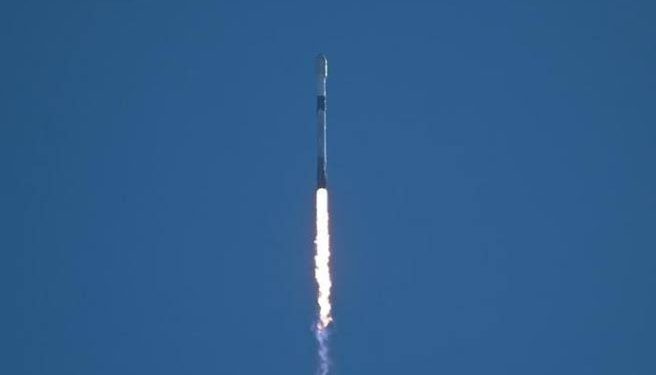New Delhi: Bengaluru-based space startup Pixxel scripted history Wednesday by launching the country’s first private constellation of earth imaging satellites, Firefly, making a grand entry into the fast-emerging field of hyper-spectral imaging.
A SpaceX rocket launched three of Pixxel’s six Firefly satellites which are the world’s highest resolution commercial-grade hyperspectral satellites with the capability to observe the earth in over 150 bands, a technology that is useful in sectors as diverse as agriculture and defence.
Conventional hyperspectral satellites provide images with a 30-meter resolution, but Pixxel’s Fireflies are capable of capturing finer details of 5-meter resolution.
“For the first time, a 5 meter hyperspectral is available. That is what makes it unique, not just in India, but globally,” Pixxel co-founder and CEO Awais Ahmed told PTI.
Pixxel plans to launch three more Firefly satellites over the next two months and follow it up with 18 more in future.
“This milestone by Pixxel marks a significant step forward as hyperspectral satellite imaging has the potential to play a transformative role for many use cases, especially the defence sector. The advanced hyperspectral imaging capabilities of these satellites are poised to unlock new possibilities,” Lt Gen AK Bhatt, Director General, the Indian Space Association (ISpA), told PTI.
The market for hyperspectral observations is untested as earth images of such finer resolution are not available commercially.
According to Ahmed, the global satellite imagery market accounts for 4.5 billion dollars and image analytics amounts to an additional 14 billion dollars.
“So, a 19-billion dollar market is already there. On top of that hyperspectral can help make it even bigger. Probably out of the four billion dollars or so, one billion dollars is the total available obtainable market for hyperspectral,” Ahmed said.
The cutting-edge resolution of Fireflies enables them to detect subtle changes in chemical compositions, vegetation health, water quality and even atmospheric conditions with unmatched accuracy, Pixxel co-founder and CTO Kshitij Khandelwal said at the headquarters of the start-up in Bengaluru.
“The future of our planet depends on how deeply we understand it today. The successful deployment of our first commercial satellites is a defining moment for Pixxel and a giant leap toward redefining how we use space technology to address the planet’s challenges,” Ahmed said.
“By investing in the health of our planet now, Pixxel hopes not just to shape the trajectory of Earth observation but also to help write the next chapter in the story of our shared future.”
“The Fireflies represent years of rigorous research, engineering, and innovation aimed at unlocking critical insights about our planet and are a testament to the ingenuity and dedication of our team and the transformative potential of hyperspectral imaging,” Khandelwal said.
While traditional earth observation satellites rely on broader spectral bands, the Firefly’s narrowband sensors uncover hidden patterns and anomalies critical for applications, ranging from agriculture to climate action, he said.
Pixxel already has signed up more than 60 clients, including the US National Reconnaissance Organization, companies like Rio Tinto, British Petroleum, and the Union Ministry of Agriculture, who are receiving hyper-spectral data from its technology demonstration satellites.
Pixxel’s journey began in April 2022 with the launch of Shakuntala, India’s first private Earth-imaging hyperspectral satellite, aboard a SpaceX mission, followed by Anand on ISRO’s PSLV.
Aided with the demo satellites, the start-up has raised 95 million dollars in funding, making it the most well-funded hyperspectral imaging space startup globally.
With this commercial launch, Pixxel moves toward operationalising its vision of a hyperspectral-powered future where advanced Earth observation drives solutions to the world’s most pressing challenges.
PTI





































